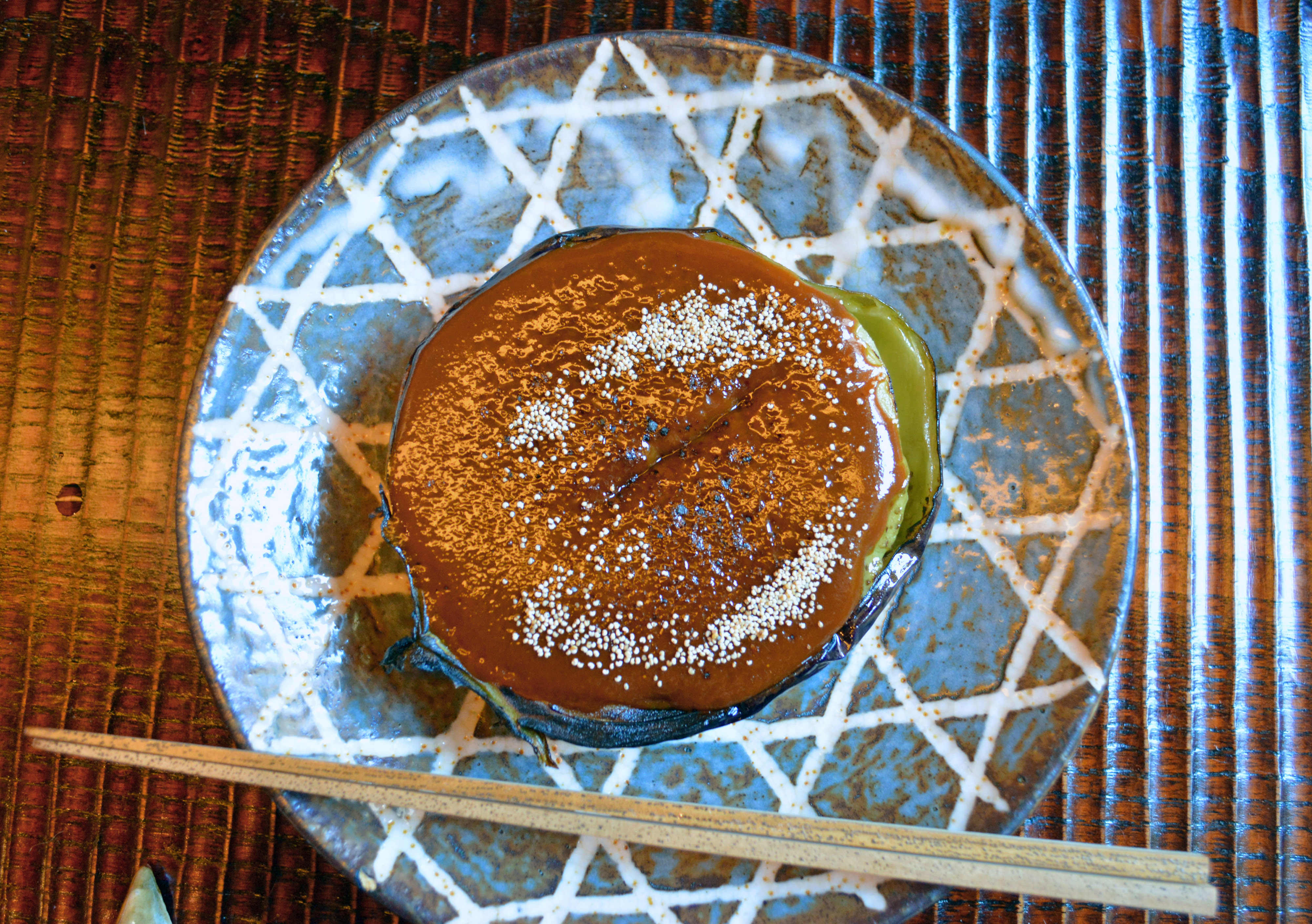In 2013, UNESCO gave Japanese cuisine, or washoku, Intangible Cultural Heritage status, an unwieldy mouthful that left some people wondering, "What's that?" A recent lunch at Okina, near the tourist mecca of Arashiyama in northwest Kyoto, provided a clear path through the official language.
Hordes of visitors flock to Arashiyama year-round to see the scenery, take boat rides, stroll through a bamboo grove and pray at Tenryuji Temple, a World Heritage site. The temple's garden is bewitching; the tree-covered mountains in the background are incorporated into the temple garden in a design masterstroke. It's easy to see why Tenryuji has its (tangible) World Heritage status.
To get an understanding of intangible World Heritage, abandon the hordes, cross the train tracks and after a 10-minute walk from Tenryuji, you'll arrive at Okina, which has been serving Kyo-ryōri (Kyoto cuisine) for around 65 years. Sadao and Yohei Inoue are the second- and third-generation chefs, who remain mostly in the kitchen. The duo rarely broach the curtain border dividing the cooks and diners; their wives, consummate and charming hosts, constantly flit in and out of the kitchen. Okina may have held its single Michelin star for years, but puts on no airs or graces.

















With your current subscription plan you can comment on stories. However, before writing your first comment, please create a display name in the Profile section of your subscriber account page.